Exploring The Types Of Medical Robots Transforming Healthcare
Medical robotics are revolutionizing healthcare by providing precision and accuracy in complex procedures. Robots such as TUG, Xenex Germ-Zapping Robot, PARO Therapeutic Robot and exoskeletons/prosthetics are enhancing safety & efficiency for patients & staff.
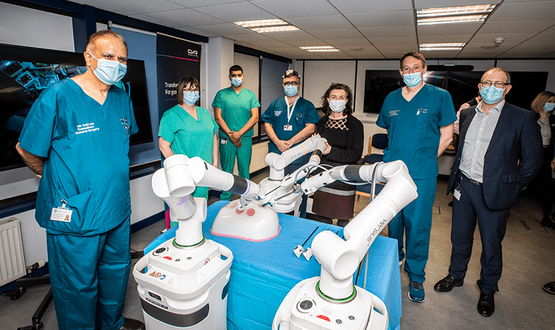
The world of healthcare is witnessing a paradigm shift with the emergence of advanced medical robotics. These incredible innovations are transforming how medical professionals perform surgeries, enhance patient care, and streamline hospital operations. Let's dive into the realm of medical robots and explore the types that are revolutionizing healthcare today.
Short Summary
- Medical robotics are revolutionizing healthcare by providing precision and accuracy in complex procedures.
- Robots such as TUG, Xenex Germ-Zapping Robot, PARO Therapeutic Robot and exoskeletons/prosthetics are enhancing safety & efficiency for patients & staff.
- AI advancements have the potential to unlock medical robotics' full potential - but trust, safety & ethical concerns must be addressed first.
The Rise of Medical Robotics

Medical robotics has swiftly carved a niche for itself in the healthcare industry, offering a multitude of applications and benefits. These robots come in various forms, from surgical robots like the da Vinci system to wearable robotic devices like the ReWalk exoskeleton. As technology advances and the demand for minimally invasive surgeries soars, these medical robots are poised to make a lasting impact on patient care and hospital efficiency.
Major manufacturers like Intuitive Surgical, Johnson & Johnson, and Medtronic are driving the surgical robotics market, while robotic process automation and AI are paving the way for hospital and service robots. In this rapidly evolving landscape, medical robots are freeing up healthcare workers' time, taking care of monotonous tasks, and even helping to prevent hospital-acquired infections.
So what exactly has fueled this rise in medical robotics, and where is it heading?
Technological Advancements
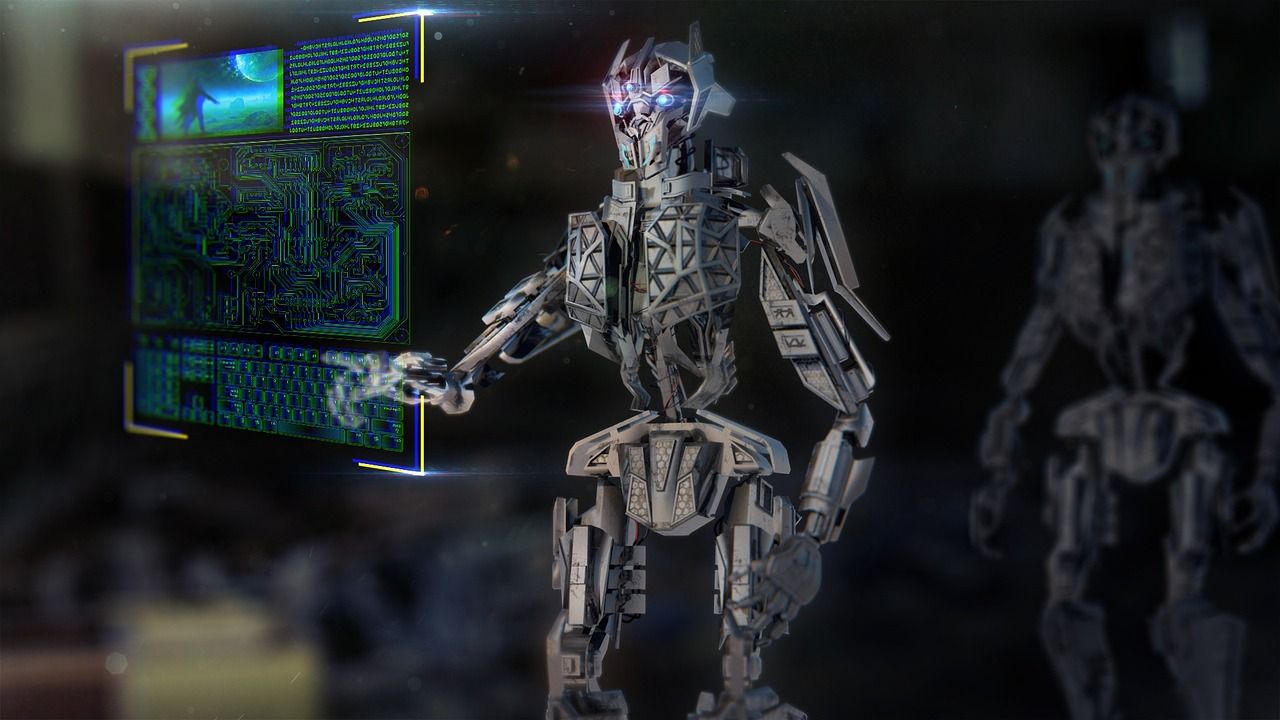
As medical robotics progresses, we've seen incredible advancements in AI, machine learning, and sensor technology. These innovations have made robots more autonomous and capable of performing complex tasks, leading to the rise of robotic process automation in healthcare. For instance, nanocameras, which are medical micro machines, can provide ongoing diagnostic data and help refine treatments over a longer period of time.
This cutting-edge technology has enabled robots to act with greater precision and accuracy during medical procedures, improving patient outcomes and reducing the risk of complications. As AI and machine learning continue to advance, we can expect to see even more sophisticated and adaptable robots revolutionizing healthcare.
Increasing Demand for Minimally Invasive Surgeries
Minimally invasive surgery (MIS) has been gaining popularity since the late 1980s, and its demand is only set to increase. This type of surgery involves smaller incisions and specialized instruments, resulting in shorter recovery times and a reduced risk of infection compared to traditional open surgery.
The benefits of MIS are undeniable: patients experience less pain, less scarring, and fewer complications, while surgeons can perform more precise, intricate operations. However, these surgeries do come with their own set of challenges, such as requiring special instruments and carrying the potential for complications from smaller incisions.
Despite these hurdles, the growing demand for MIS has played a significant role in driving the rise of medical robotics.
Surgical Robots: Revolutionizing the Operating Room
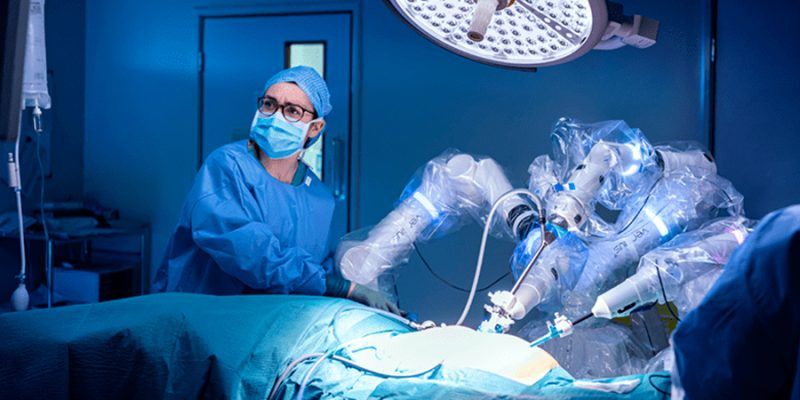
Surgical robots are transforming the operating room by providing surgeons with unparalleled control and precision during procedures. These robots leverage AI and computer vision technologies, enabling them to perform intricate operations with greater speed and accuracy.
From cancer tissue removal to hip replacement surgery, robots are revolutionizing a wide array of surgical procedures, making them safer and more effective for patients. As AI continues to play an increasingly important role in surgical robotics, we can expect even more groundbreaking advancements in this field.
The da Vinci Surgical System
The da Vinci Surgical System is the most widely used surgical robot, offering surgeons enhanced control during complex procedures. This robotic system provides magnified 3D high-definition vision and intuitive hand controls, allowing surgeons to make precise incisions that would otherwise be difficult to achieve with human hands alone.
Developed by Intuitive Surgical, the da Vinci system is ideal for urological, bariatric, and gynecological procedures. It also excels in orthopedic surgeries, such as total hip replacement surgery, where precision is crucial for optimal results.
By enabling minimally invasive procedures, the da Vinci system has revolutionized patient care, leading to faster recovery times and improved surgical outcomes.
Other Notable Surgical Robots
Aside from the da Vinci system, other surgical robots are making waves in the medical world. The CyberKnife, for example, is a robotic surgery system that delivers radiation therapy to tumors with sub-millimeter precision, making it particularly effective in treating tumors in hard-to-reach areas like the prostate, head, and neck.
Another innovative surgical robot is the Origami robot, a capsule robot that can fold itself into different shapes to access hard-to-reach areas within the human body. This unique feature allows the Origami robot to perform procedures previously considered too complex or risky for traditional surgical methods.
These groundbreaking surgical robots showcase the immense potential of medical robotics in revolutionizing patient care and surgical outcomes.
Hospital and Service Robots: Enhancing Efficiency and Safety

Hospital and service robots are making a significant impact on healthcare facilities, improving efficiency and safety for both patients and staff. These robots can handle a variety of tasks, from cleaning and restocking medical supply cabinets to monitoring patients and delivering medications.
By automating routine logistical tasks, hospital robots not only save time and resources, but also reduce the risk of human error and hospital-acquired infections. As medical robots continue to evolve and become more sophisticated, we can expect to see even greater improvements in hospital efficiency and patient care.
TUG: The Autonomous Mobile Robot
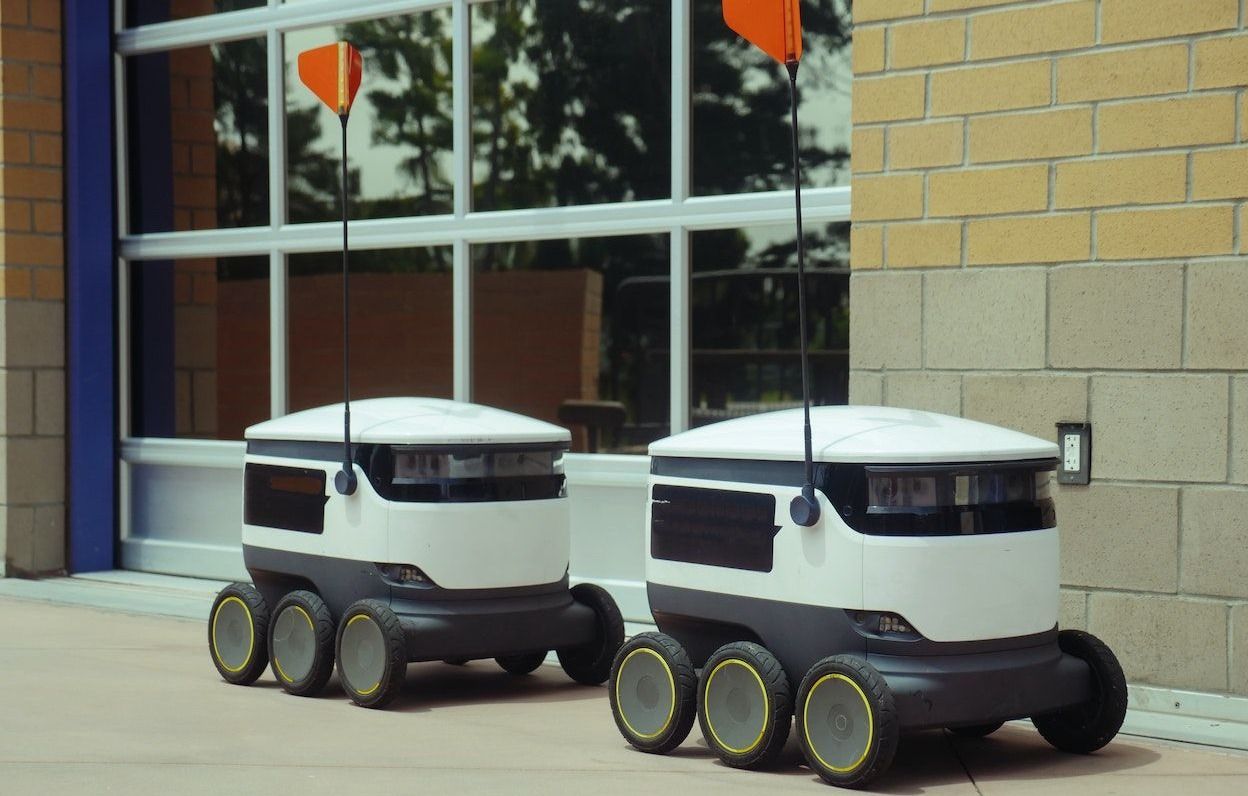
TUG is a mobile delivery robot that is able to operate autonomously. It can carry up to 453 kilograms worth of racks, carts or bins containing medications, laboratory specimens and other sensitive materials. Designed to navigate autonomously through hospital corridors, elevators, and other areas, TUG can be programmed to deliver items to specific locations.
The use of TUG in hospitals not only saves time and effort in transporting items, but also reduces the risk of human error and infection by minimizing human contact with potentially contaminated items. As this technology continues to evolve, we can expect to see even more advanced and efficient autonomous mobile robots improving healthcare logistics and safety.
Xenex Germ-Zapping Robot
In the battle against hospital-acquired infections, the Xenex germ-zapping robot is a powerful ally. This innovative robot uses pulsed Xenon light to disinfect patient rooms in less than 20 minutes, effectively destroying germs by disrupting their DNA.
With the ability to significantly reduce the risk of infection, the Xenex Germ-Zapping Robot is an invaluable asset for healthcare facilities. Currently used in over 500 hospitals worldwide, this cutting-edge technology is revolutionizing hospital cleanliness and safety, helping to protect both patients and staff from harmful pathogens.
Therapeutic and Care Robots: Supporting Patients and Caregivers
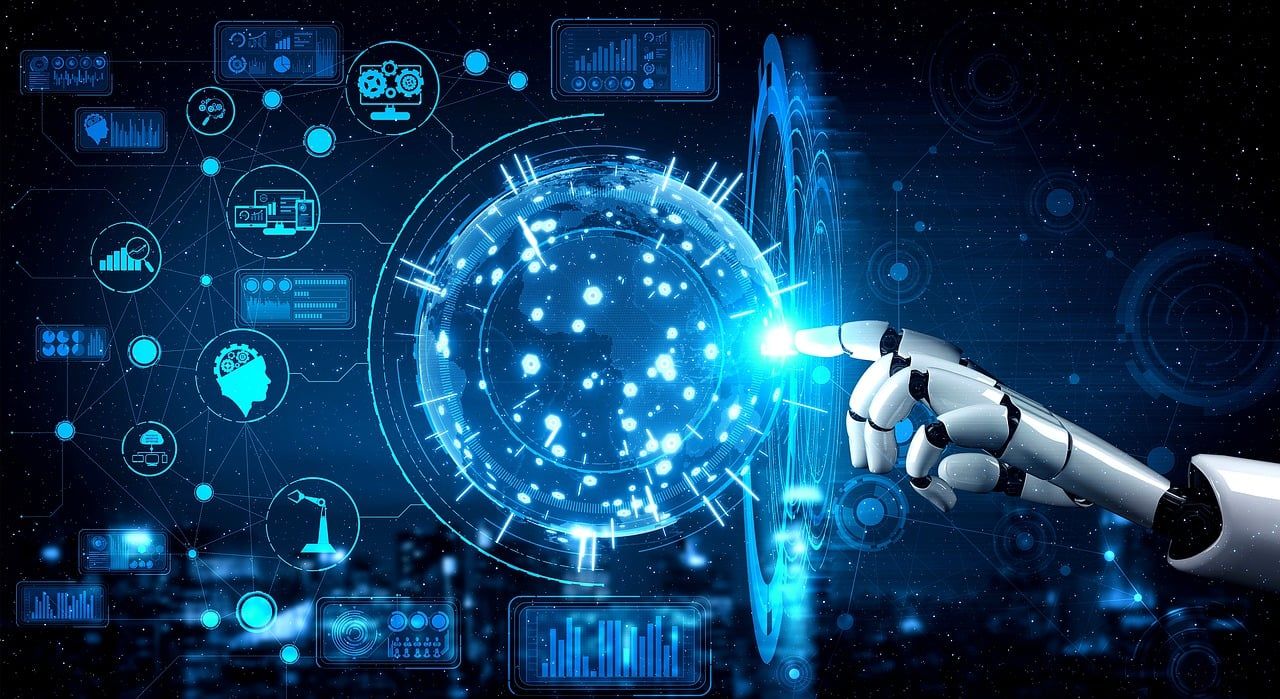
Therapeutic and care robots provide essential support to patients and caregivers alike, offering companionship, assistance, and even rehabilitation services. From social companion robots like Jibo and Pepper to modular robots used in therapeutic exoskeletons and prosthetics, these innovative machines are truly transforming the way we think about patient care.
Whether it's helping patients with physical disabilities or providing emotional support to those with mental health issues, therapeutic and care robots are playing an increasingly important role in the healthcare industry. As these robots continue to evolve and adapt to patients' needs, we can expect to see even more exciting advancements in this area.
PARO Therapeutic Robot
The PARO Therapeutic Robot is an advanced interactive robot designed to provide stimulation and comfort to patients with dementia, Alzheimer's, and other cognitive disorders. Resembling a cute baby harbor seal, PARO is equipped with five kinds of sensors, allowing it to recognize light, touch, and even changes in posture.
Proven to lower stress levels and offer comfort to anxious patients, particularly those with dementia, the PARO Therapeutic Robot is a valuable addition to the growing field of therapeutic robotics. With its multiple sensors and gentle, interactive nature, PARO has the potential to make a significant difference in the lives of patients and their caregivers.
Exoskeletons and Prosthetics
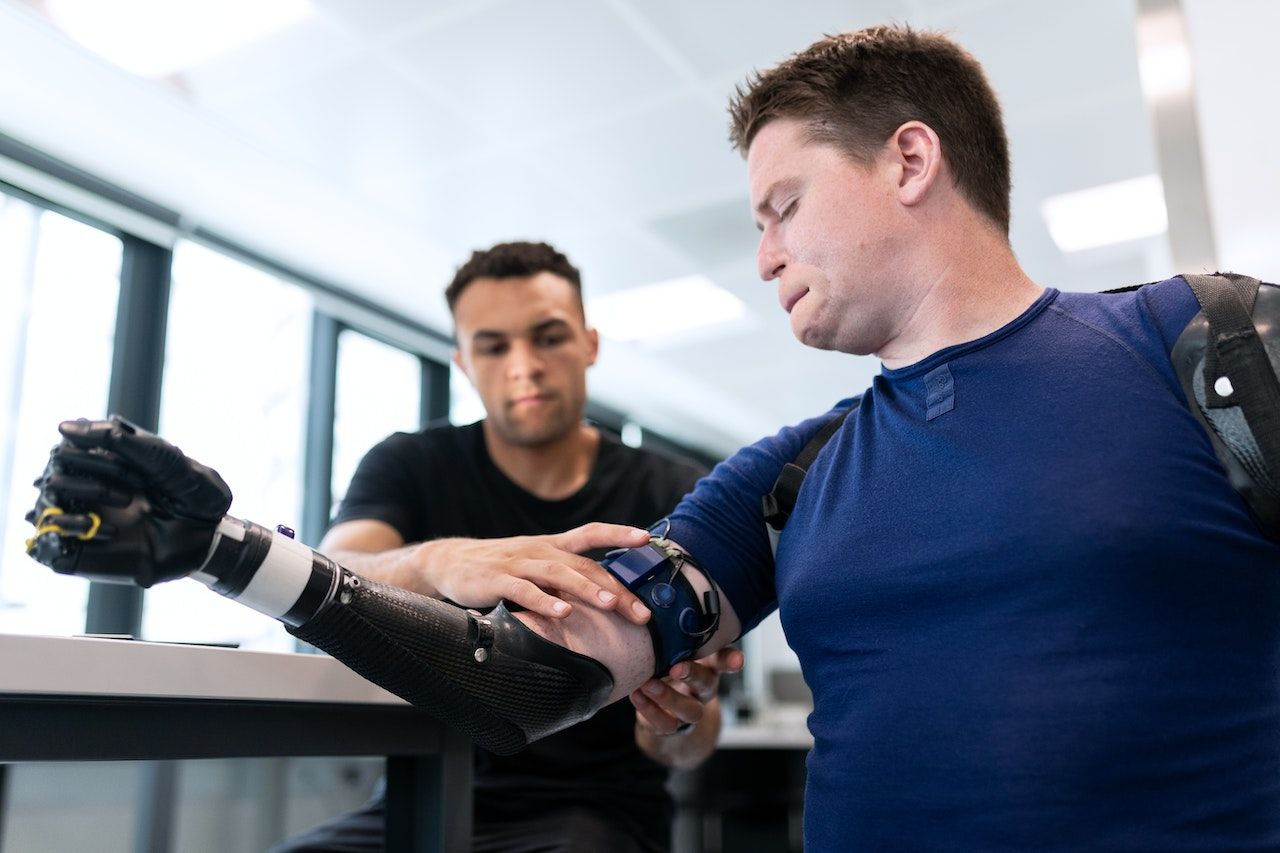
Exoskeletons and prosthetics are robotic devices designed to aid people with physical disabilities, providing support and assistance in tasks that would otherwise be difficult or impossible. Companies like Cyberdyne, ReWalk Robotics, and Ekso Bionics are leading the way in the development of exoskeletons, which can help individuals with spinal cord injuries or strokes regain mobility and independence.
In addition to exoskeletons, prosthetic limbs are also benefiting from advancements in medical robotics. Intel® RealSenseTM depth cameras, for example, are being used in the healthcare industry to help therapists monitor changes in range of motion, enabling more accurate assessment of progress in rehabilitation.
As these technologies continue to advance, the potential applications for exoskeletons and prosthetics in patient care are practically limitless.
Meet Sophia and Grace
Sophia and Grace are medical robots created by Hanson Robotics, a Hong Kong-based engineering and robotics company. These cutting-edge machines are designed to help medical professionals perform intricate tasks, such as surgery, with higher accuracy and precision.
Equipped with advanced sensors and robotic arms, Sophia and Grace can interact with both patients and medical professionals while performing medical procedures with impressive accuracy and precision. As these robots continue to evolve and improve, they have the potential to revolutionize the medical field, offering more accurate and precise procedures as well as a more personalized and interactive patient experience.
The Future of Medical Robots: Opportunities and Challenges
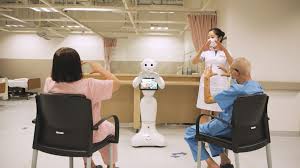
The future of medical robots holds immense promise, with the potential for even greater advancements in patient care, hospital efficiency, and safety. As technology continues to advance, robots are expected to take on more tasks autonomously, freeing up healthcare workers to focus on providing direct patient care.
However, the widespread adoption of medical robots also presents challenges, such as trust, safety, and ethical concerns. Ensuring data security, human safety, and addressing the potential for robots to replace human healthcare providers are all factors that must be considered as we continue to develop and implement medical robotics in the healthcare industry.
Advancements in AI and Machine Learning

As AI and machine learning continue to advance, we can expect to see even more sophisticated and adaptable robots revolutionizing healthcare. Recent trends in AI and machine learning, such as federated learning, GANs, XAI, reinforcement learning, and transfer learning, are poised to take medical robotics to new heights.
Big data analytics and AI are already being applied in medical robotics, making robots more intelligent and capable of performing complex tasks with greater accuracy and precision. As these technologies continue to develop, we can expect to see even more incredible innovations in the world of medical robotics.
Addressing Trust, Safety, and Ethical Concerns
As medical robotics advances, it is crucial to address trust, safety, and ethical concerns to ensure their widespread adoption and acceptance. Privacy, data protection, and the possibility of robots replacing human healthcare providers are all important factors to consider.
Ensuring the secure storage and transmission of data, designing and operating robots in a manner that keeps all parties safe, and addressing ethical concerns like informed consent, algorithmic fairness and biases, and data privacy are all challenges that must be overcome to fully realize the potential of medical robotics in healthcare.
Summary
Medical robotics has already made significant strides in revolutionizing healthcare, from surgical robots to therapeutic and care robots. As technology continues to advance and the demand for minimally invasive surgeries increases, the potential for medical robots to improve patient care, hospital efficiency, and safety is immense. By addressing trust, safety, and ethical concerns, we can pave the way for a future where medical robots play an even greater role in healthcare, transforming the way we approach patient care and treatment.
Frequently Asked Questions
What are some examples of medical robots?
Medical robots are an increasingly important part of healthcare, from robotic surgery to assisting with rehabilitation. Examples of medical robots include surgical robots used in minimally invasive procedures, robotic prosthetics that help those with physical impairments, and medical service robots which assist in providing medical care.
In addition, there are also systems which use machine learning algorithms to diagnose and provide treatment for medical conditions. Clearly, the applications for medical robotics are growing rapidly and they offer great promise for improving healthcare around the world.
What does medical robots do?
Medical robots are helping to revolutionize the healthcare industry by providing surgeons with precision and accuracy during minimally invasive procedures, improved monitoring and diagnostics for chronic diseases, intelligent therapeutics, and social engagement for elderly patients.
They also offer the ability to handle dangerous and emergency situations, conduct data mining to increase efficiency in pharmacies, and disinfect hospital rooms.
What robots do doctors use?
Doctors use robotic surgery devices such as the da Vinci Surgical System in order to perform more precise, minimally-invasive surgeries. This device has arms with specialized tools and a camera that allows doctors to accurately target areas and manipulate tissue with greater precision.
Robotic surgery has many advantages over traditional surgery, including shorter recovery times, less pain, and fewer complications. It also allows doctors to perform complex procedures with greater accuracy and precision. Additionally, robotic surgery can be used to treat patients.
What is the most famous medical robot?
The most famous medical robot is undoubtedly daVinci. This device blurs the lines between a medical tool and a robot, since it is always under the control of the surgeon. It has been used in various surgeries all around the world for many years and is seen as one of the pioneers in robot-assisted surgery.
Robot-assisted surgery has revolutionized the way medical procedures are performed. It has allowed for more precise and accurate surgeries, with fewer complications.
What does a medical robot do?
Medical robots enable surgeons to accurately and precisely perform procedures within the patient’s body, providing a safe and minimally invasive alternative to traditional surgical techniques. From enhancing complex surgeries to delivering therapies, medical robots are changing the way healthcare is delivered.





